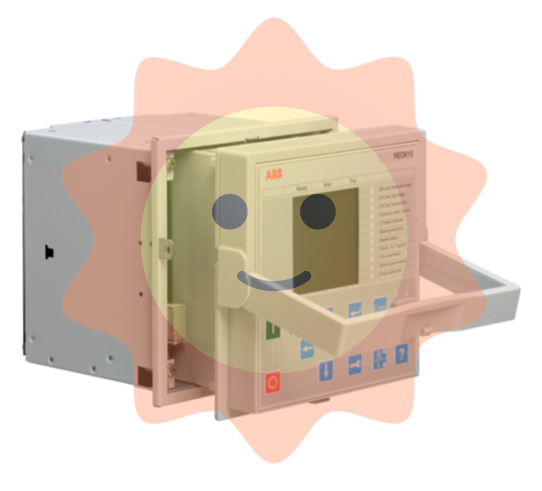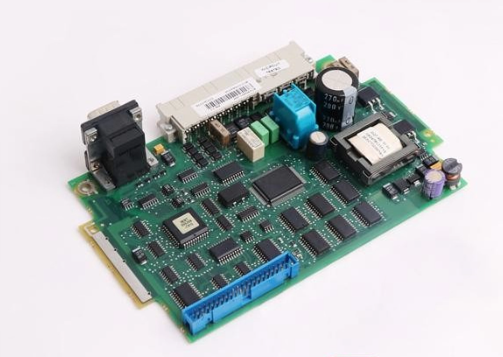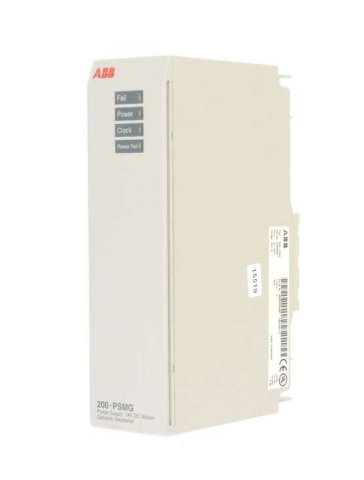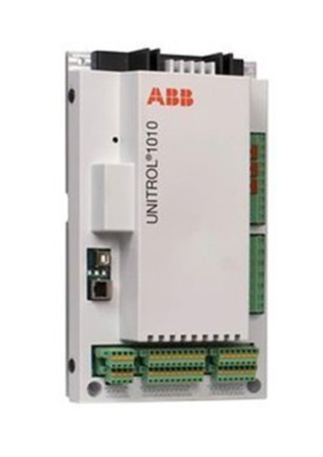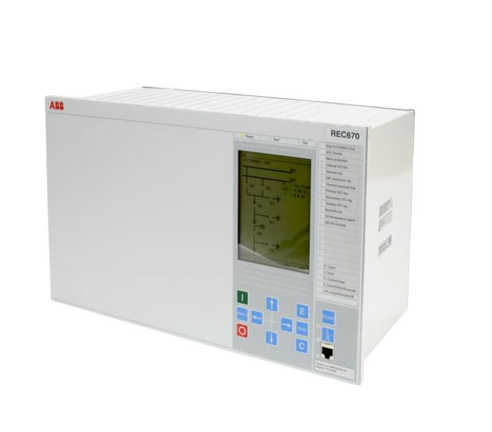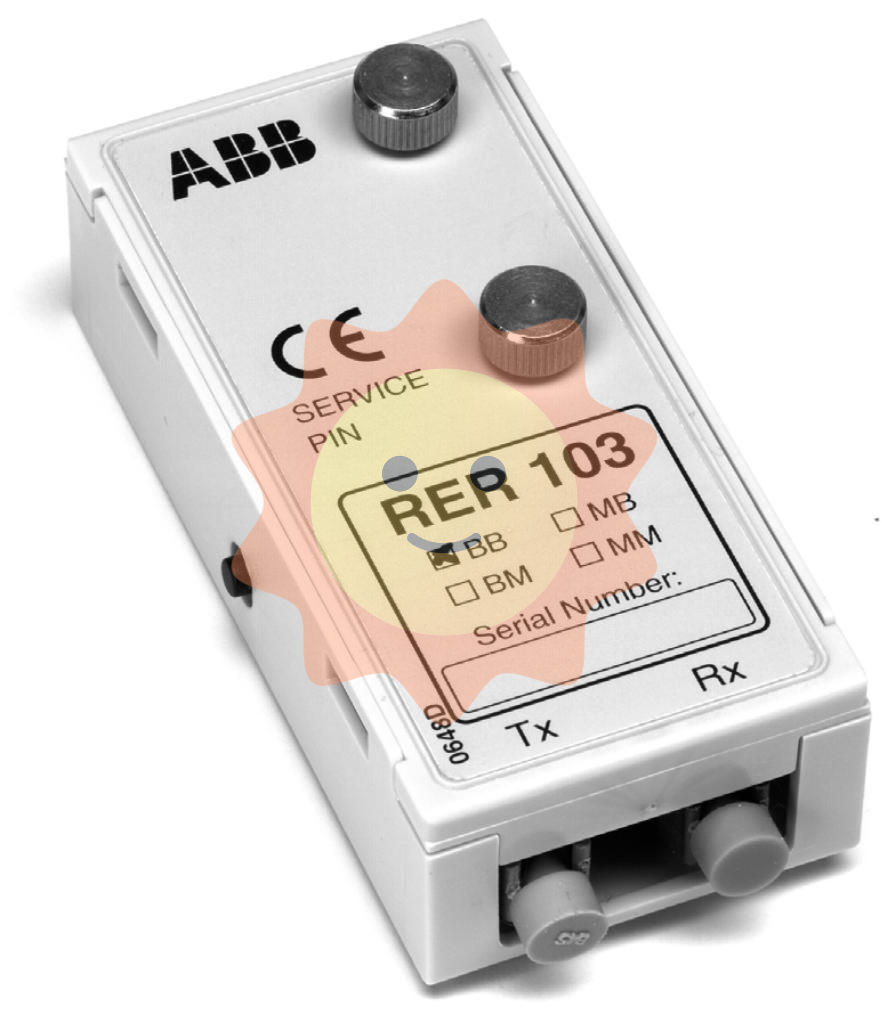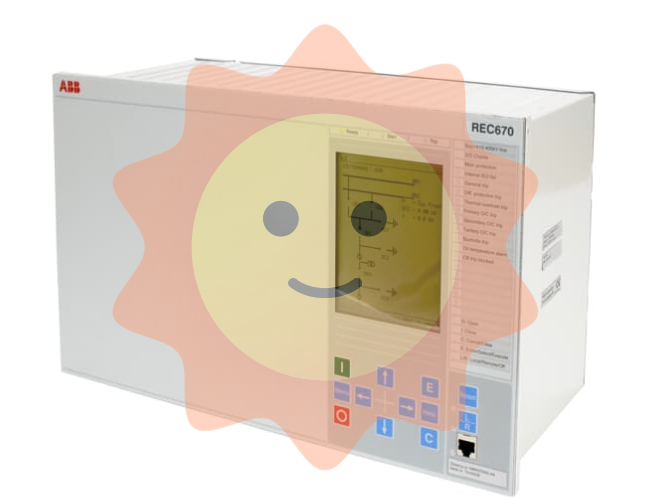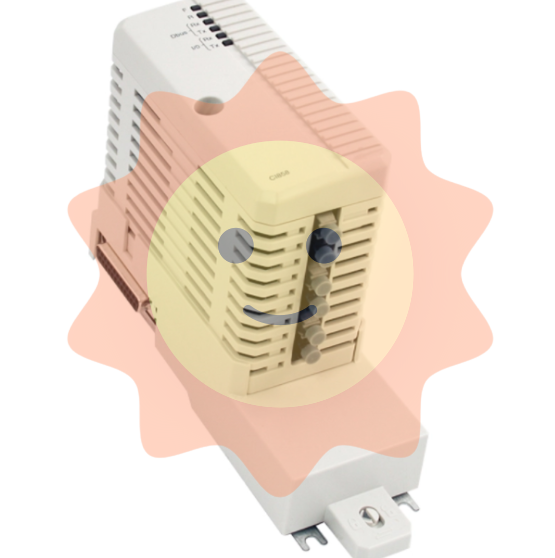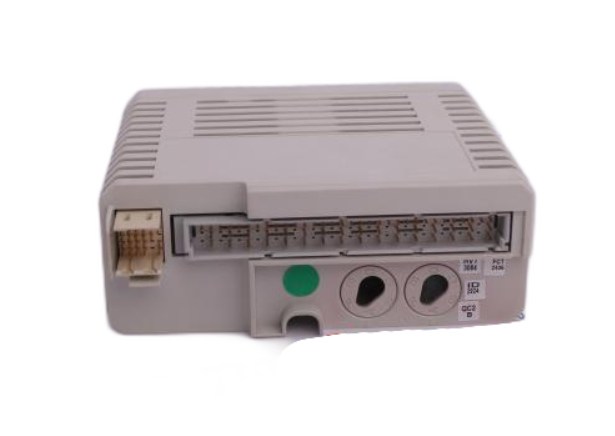Watlow Power Series microprocessor based SCR power controller
Watlow Power Series microprocessor based SCR power controller
Product Core Overview
The Watlow Power Series is a microprocessor based silicon controlled rectifier (SCR) power controller designed specifically for industrial heater control. It supports various configurations such as single-phase, three-phase two bridge arm, three-phase three bridge arm, and single-phase multi zone. The current rating is 65-250A (at 50 ° C environment), and the voltage is compatible with 24-600V AC. It has multiple control methods such as zero crossing trigger and phase angle control. It integrates heater diagnosis, current limitation, alarm and other functions, and is widely used in industrial heating, heat treatment, semiconductor manufacturing and other scenarios. The product complies with UL 508, CE certification, IP00 protection level, pollution level 3, provides a 3-year warranty, supports Modbus RTU communication and signal retransmission function, and balances stability and flexibility.
Core advantages:
Multi configuration adaptation: covering single-phase, three-phase, and multi zone control, meeting the needs of different load types (resistive, transformer coupled loads).
Intelligent control function: supports zero crossing (fixed/variable time base), phase angle control, built-in soft start, current limit, heater drying and other functions to protect the load and optimize the control effect.
Comprehensive diagnosis and alarm: equipped with multiple alarms such as heater open circuit, over temperature, phase imbalance, etc., supporting locked/non locked modes, combined with SCR short circuit detection and fuse protection, to enhance system safety.
Flexible expansion: optional communication module (RS-232/485), signal retransmission function, supports remote monitoring and parameter configuration.
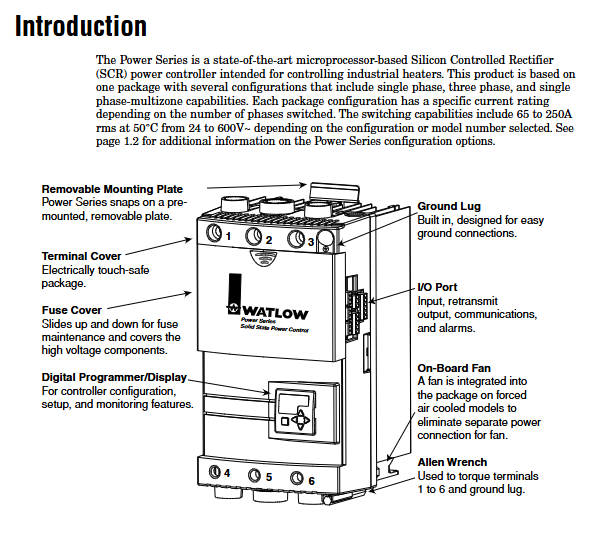
Product Configuration and Function Detailed Explanation
(1) Core configuration type
The Watlow Power Series offers 5 core configurations, covering different phase and area control requirements, with specific differences as follows:
Configuration Type Phase/Region SCR Quantity Applicable Load Critical Limitations
Single Phase, 1 Phase, 2 Resistive, Transformer Coupled Load Current Rated Maximum( 250A@50 ° C), supports all control modes
Three phase two bridge arm (3-phase 2-Leg), 3-phase (switching only L1/L3), 4-phase delta/ungrounded resistive load only supports zero crossing control, no heater drying/current limitation
Three phase three bridge arm (3-phase 3-Leg), 3-phase (switch all), 6-phase grounded/ungrounded wye, delta load support all control modes, can be equipped with heater diagnosis
2-Zone Single Phase, 2 independent single-phase zones, 4 (2 per zone), multi zone independent resistive load sharing alarm output, with a unified control method
3-Zone Single Phase, 3 independent single-phase zones, 6 (2 per zone), multi zone independent resistive load sharing alarm output, with a unified control method
(2) Deep analysis of key functions
1. Heater Diagnostics function
Only applicable to single-phase and three-phase three bridge arm configurations, requiring separate selection (marked with "1" in the model), core functions include:
Heater Bake Out:
Principle: Slowly increase the power during startup (soft start), remove the moisture absorbed by the heater, and avoid insulation breakdown or fuse tripping caused by direct full power.
Configuration parameters: drying time (0-9999 minutes, default 1440 minutes), drying overcurrent threshold (HbOC, 0-rated load current, default 10% load current).
Trigger logic: If the current exceeds HbOC during the drying process, it will trip and display an error message of "HbOC"; Automatically switch to the preset control mode after drying is completed.
Current Limiting:
Only the phase angle control mode is effective, and the load current does not exceed the set value (CL ` A parameter) through power increment adjustment of 0.1%/AC cycle.
Application scenario: When a transformer is coupled with a load (such as a silicon carbide rod) during startup, avoid excitation inrush current and protect SCR and the load.
Load monitoring:
Open circuit detection: When the power is above 20% and the current is ≤ 2A, the "Open" alarm is triggered.
Tolerance detection: When the current is below [tol_] or above [tol -] (effective at 20% power or above), the "tol" alarm is triggered, and the load imbalance percentage (ldif, default 100%) can be set.
2. Comparison of control methods and application scenarios
Control mode, working principle, advantages, disadvantages, applicable scenarios
Zero crossing - allocate complete power cycle within a fixed time base and period (1/4 second), such as 40% power=24 cycles on+36 cycles off (60Hz/1 second), low noise (RFI), small load impact, slow response speed (period level), resistive heaters (such as nickel chromium), and noise sensitive scenarios
Zero crossing - dynamic adjustment of on-off cycle with variable time base (1 cycle increment), fast response of line voltage compensation, high power resolution, long heater life, slightly higher noise than resistive loads with fixed time base that require frequent power adjustment
- EMERSON
- Honeywell
- CTI
- Rolls-Royce
- General Electric
- Woodward
- Yaskawa
- xYCOM
- Motorola
- Siemens
- Rockwell
- ABB
- B&R
- HIMA
- Construction site
- electricity
- Automobile market
- PLC
- DCS
- Motor drivers
- VSD
- Implications
- cement
- CO2
- CEM
- methane
- Artificial intelligence
- Titanic
- Solar energy
- Hydrogen fuel cell
- Hydrogen and fuel cells
- Hydrogen and oxygen fuel cells
- tyre
- Chemical fiber
- dynamo
- corpuscle
- Pulp and paper
- printing
- fossil
- FANUC
- Food and beverage
- Life science
- Sewage treatment
- Personal care
- electricity
- boats
- infrastructure
- Automobile industry
- metallurgy
- Nuclear power generation
- Geothermal power generation
- Water and wastewater
- Infrastructure construction
- Mine hazard
- steel
- papermaking
- Natural gas industry
- Infrastructure construction
- Power and energy
- Rubber and plastic
- Renewable energy
- pharmacy
- mining
- Plastic industry
- Schneider
- Kongsberg
- NI
- Wind energy
- International petroleum
- International new energy network
- gas
- WATLOW
- ProSoft
- SEW
- wind
- ADVANCED
- Reliance
- YOKOGAWA
- TRICONEX
- FOXBORO
- METSO
- MAN
- Advantest
- ADVANCED
- ALSTOM
- Control Wave
- AB
- AMAT
- STUDER
- KONGSBERG
- MOTOROLA
- DANAHER MOTION
- Bently
- Galil
- EATON
- MOLEX
- Triconex
- DEIF
- B&W
- ZYGO
- Aerotech
- DANFOSS
- KOLLMORGEN
- Beijer
- Endress+Hauser
- MOOG
- KB
- Moxa
- Rexroth
- YAMAHA


Email:wang@kongjiangauto.com





























































































